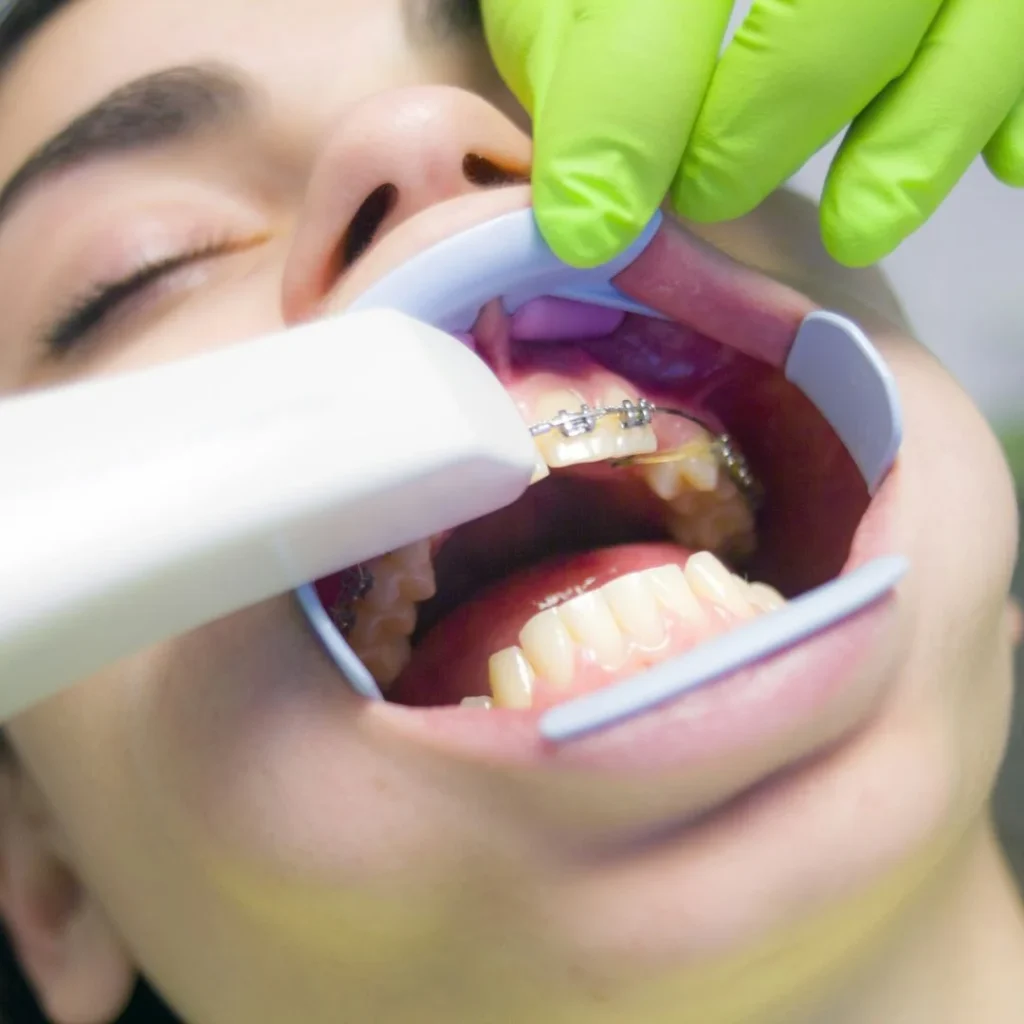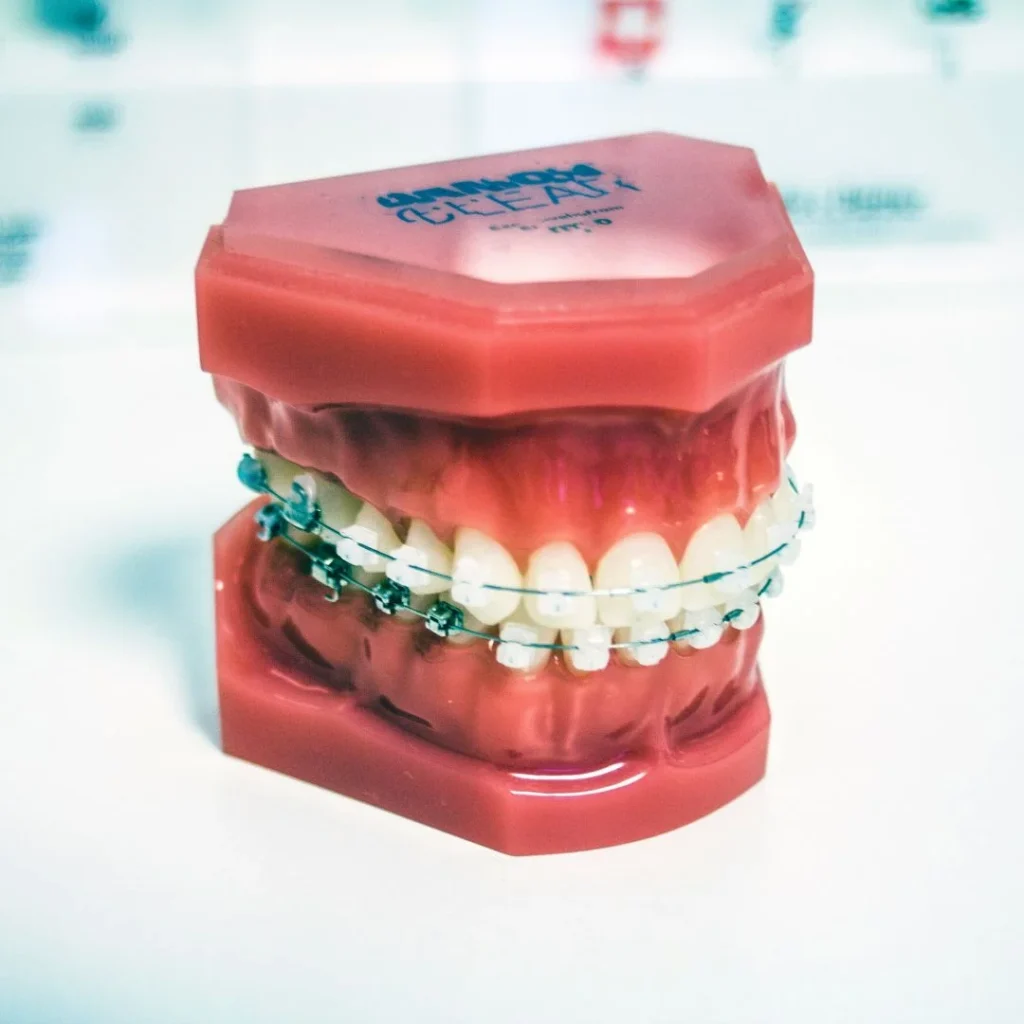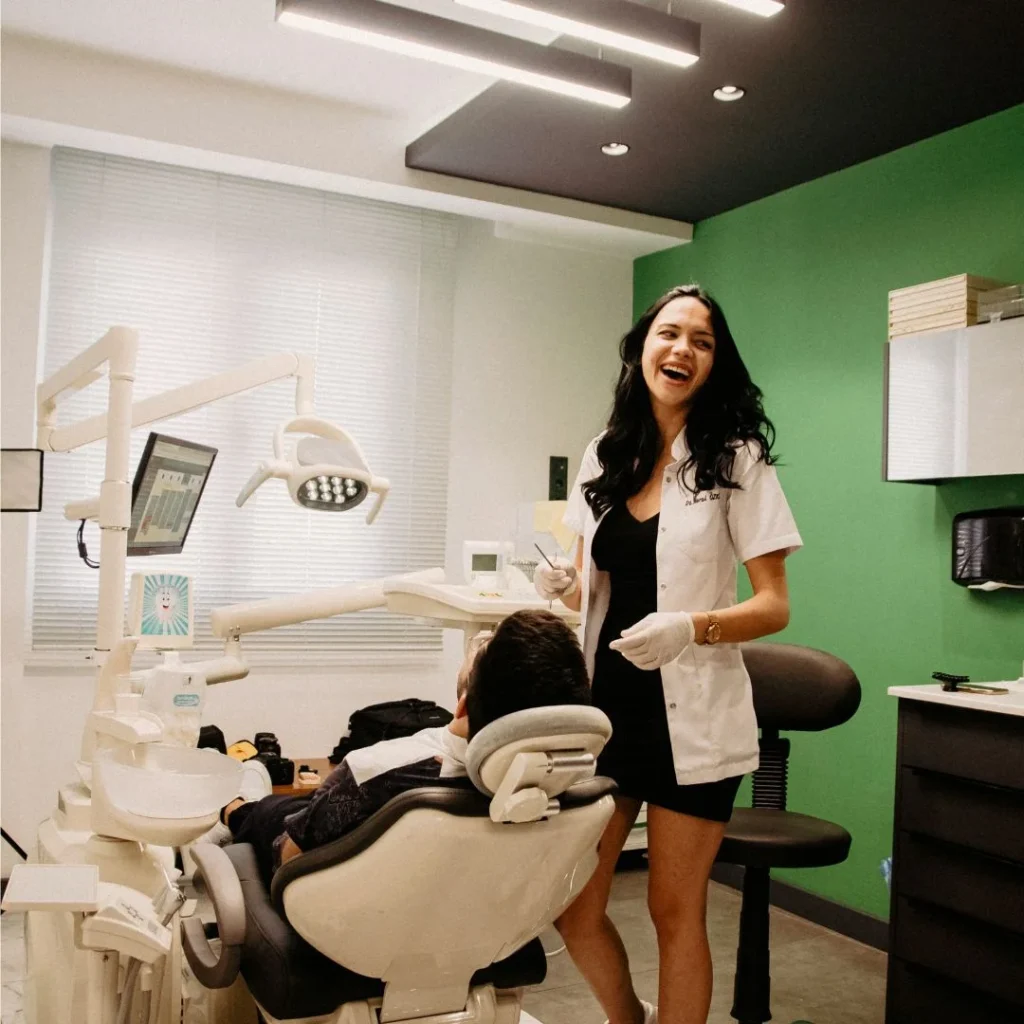
Table of Contents
how long do you have to wear braces

How Long Do You Have to Wear Braces? A Comprehensive Guide
Getting braces is a significant step in improving your smile and dental health, but one of the most common questions patients have is, “How long do you have to wear braces?“ The answer varies for each person and depends on several factors, including the severity of the dental issue, the type of braces used, and how well you follow your orthodontist’s instructions. In this article, we’ll explore how long you might need to wear braces and what factors influence this timeline.
What Are Braces and Why Are They Necessary?
Braces are dental devices used to correct misaligned teeth, jaw issues, and bite problems. They work by gradually shifting teeth into the correct position over time. The purpose of braces is not only to improve the appearance of your smile but also to promote better oral health, as misaligned teeth can lead to difficulties in chewing, cleaning, and other dental problems.
Factors That Affect How Long You Need Braces
There is no one-size-fits-all answer to how long you’ll have to wear braces. The duration depends on several factors that vary from person to person. Let’s dive deeper into these factors to understand why some people wear braces for a few months while others need them for years.

1. Type of Dental Problem
The primary factor that determines the length of time you’ll need to wear braces is the type and severity of the dental issue being addressed. Common orthodontic problems include:
- Overbite/Underbite: A condition where the upper teeth overlap with the lower teeth too much (overbite) or the lower teeth extend beyond the upper teeth (underbite).
- Crowded Teeth: When teeth overlap or are too close together, making it difficult to floss and clean properly.
- Spacing Issues: When there are large gaps between teeth.
- Crossbite: When the upper teeth don’t fit properly over the lower teeth.
The more severe the issue, the longer it may take to correct it. Simple cosmetic adjustments, like closing small gaps or straightening slightly crooked teeth, might take less time. However, more complex issues, such as severe overbites or underbites, may require longer treatment.
2. Age of the Patient
Age plays a significant role in how long someone will need braces. Typically, younger patients tend to experience faster results, as their bones and teeth are still growing and are more responsive to movement. Teenagers generally wear braces for around 18-24 months on average.
For adults, treatment may take a little longer because their bones and teeth have already fully developed. In addition, adult patients may face challenges like decreased bone density, which can slow down the movement of teeth. However, adult orthodontics is still highly effective, and with the right treatment plan, significant improvements can still be achieved.
3. Type of Braces Used
There are several types of braces, and the kind you get can affect how long you’ll need to wear them. Here’s a breakdown of common braces options:

- Traditional Metal Braces: These are the most common and often the most effective for severe dental problems. On average, patients wear traditional metal braces for 18 to 24 months, but treatment can extend depending on the complexity of the issue.
- Ceramic Braces: These braces are similar to metal braces but are less noticeable because the brackets are tooth-colored or clear. The duration for wearing ceramic braces is similar to metal braces, ranging from 18 to 24 months.
- Lingual Braces: These are placed on the back of the teeth and are less visible, but they may take a bit longer to adjust to compared to traditional braces. They are often worn for 24-36 months, depending on the severity of the misalignment.
- Invisalign: These are clear aligners that are an alternative to traditional braces. They are removable and typically used for mild to moderate alignment issues. Depending on the case, Invisalign treatment typically lasts between 12 and 18 months, but it can vary based on individual needs.
4. Patient Compliance
The patient’s willingness and ability to follow the orthodontist’s instructions are critical in determining the duration of treatment. Wearing braces requires some discipline, especially when it comes to:
- Maintaining Oral Hygiene: Poor oral hygiene can lead to tooth decay and gum disease, which may slow down the treatment process.
- Dietary Restrictions: Certain foods should be avoided to prevent damage to the braces (e.g., hard, sticky, or chewy foods). Ignoring these restrictions can lead to delays in treatment.
- Regular Adjustments: Attending all scheduled orthodontic appointments is crucial. Missing appointments or failing to follow your orthodontist’s recommendations can lead to longer treatment times.
5. How Well the Teeth Respond to Treatment
Each person’s teeth respond differently to the forces applied by the braces. Some people’s teeth move quickly, while others might take longer to shift. The movement of teeth is influenced by factors like bone density and how well the teeth and gums are conditioned for adjustment. If teeth are slow to move, treatment may take longer.
6. Treatment Plan and Technology
Advancements in orthodontic technology have led to quicker treatment times. For example, digital impressions and 3D scanning allow orthodontists to create more precise treatment plans, potentially shortening the length of time needed for treatment. Additionally, some treatments, such as accelerated orthodontics or dental implants, may help speed up the process.

What is the Average Time Frame for Wearing Braces?
The average time it takes to wear braces depends on all the factors mentioned above. However, on average:
- Mild Cases: If your dental issue is minor and involves simple straightening or slight spacing issues, braces may be worn for 6 to 12 months.
- Moderate Cases: For more complex issues like mild overbites, crowded teeth, or slightly misaligned jaws, braces may be worn for 12 to 18 months.
- Severe Cases: In cases with significant dental problems (like severe underbites or overbites), you might need to wear braces for 24 to 36 months or longer.
How long do you have to wear braces :How Can You Speed Up Your Treatment?
Although you can’t dramatically shorten the treatment time, there are ways to optimize the process and ensure you get the best results in the shortest amount of time:
- Follow Your Orthodontist’s Advice: Attend all check-ups and follow the instructions on oral hygiene, food restrictions, and wearing any additional appliances.
- Good Oral Hygiene: Brush your teeth after every meal, floss regularly, and use mouthwash to keep your braces clean and free from bacteria.
- Wear Rubber Bands or Other Appliances as Directed: If your orthodontist prescribes rubber bands or other devices in addition to your braces, wear them as instructed. These tools are designed to move your teeth into the correct position more quickly.
- Consider Accelerated Orthodontics: Some orthodontists offer accelerated treatment options, such as the use of high-frequency vibrations or light forces, to speed up the movement of teeth.
What Happens After Braces?
Once your braces come off, you’ll need to wear a retainer to ensure your teeth stay in their new positions. A retainer helps to prevent your teeth from shifting back to their original position. Typically, retainers are worn full-time for a few months to a year, followed by part-time wear (like at night) indefinitely.

How long do you have to wear braces :Conclusion
In conclusion, the duration of wearing braces depends on several factors, including the severity of your dental issues, the type of braces you choose, and how well you adhere to your orthodontist’s instructions. On average, patients wear braces for 18 to 24 months, but this can vary based on individual cases. Following your orthodontist’s guidelines, maintaining good oral hygiene, and attending regular check-ups will help ensure the best results in the shortest amount of time. Always remember that the goal of braces is not just a beautiful smile, but also improved long-term dental health.
How long do you have to wear braces :Frequently Asked Questions (FAQs)
- How long do you need to wear braces if you have mild dental issues?
- Typically, mild cases may take around 6 to 12 months, depending on the specific issue.
- Can adults wear braces, and does it take longer?
- Yes, adults can wear braces. Treatment may take longer than in younger patients, but the results are still highly effective.
- How long do you wear braces if you have severe overbite or underbite?
- Severe cases may require 24 to 36 months or more, depending on the severity.
- How can I shorten the time I need to wear braces?
- Following your orthodontist’s advice, practicing good oral hygiene, and wearing additional appliances (like rubber bands) can help speed up the process.
- What happens after my braces come off?
- You will need to wear a retainer to ensure your teeth stay in their new positions, usually for several months to a year.















Leave a Reply